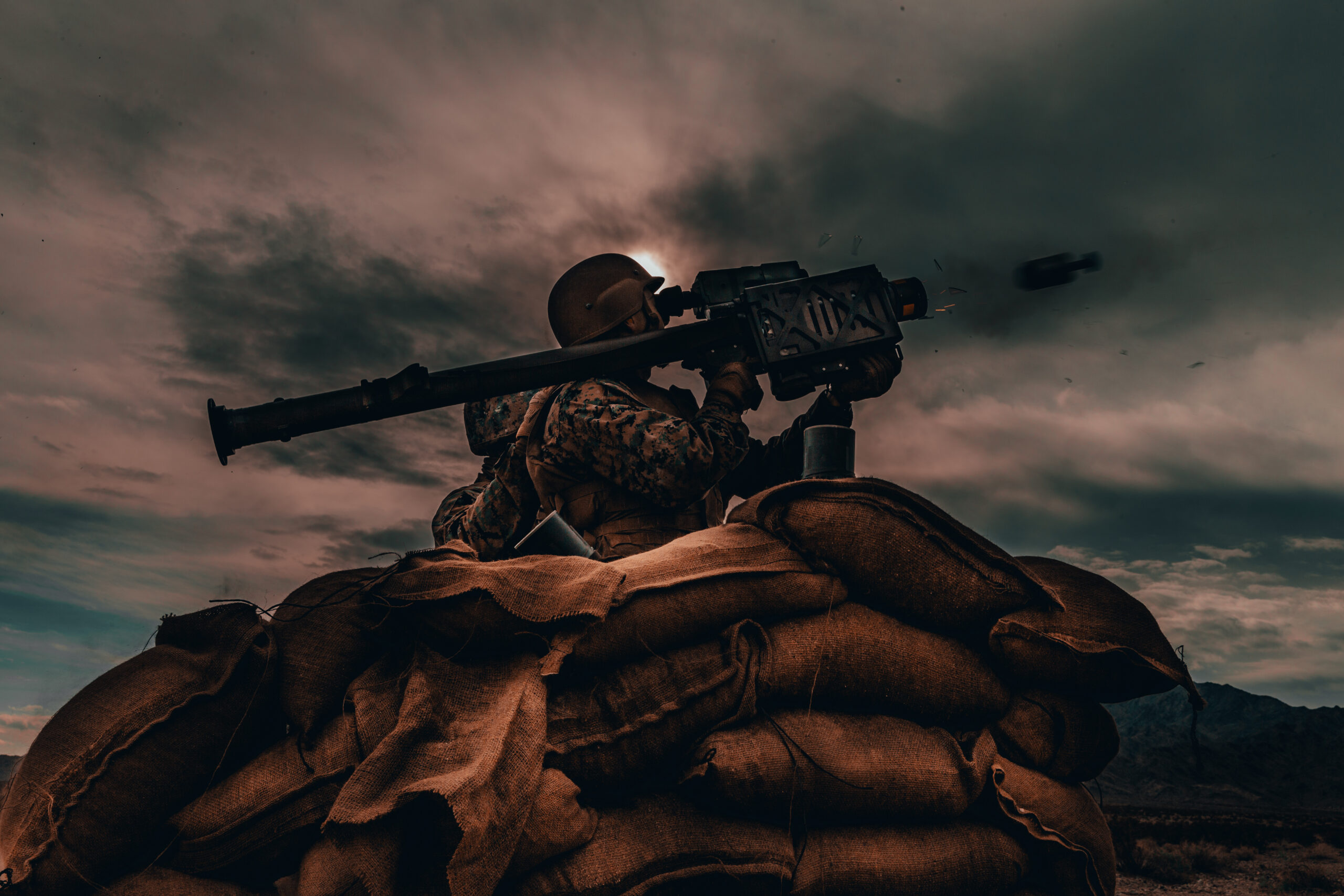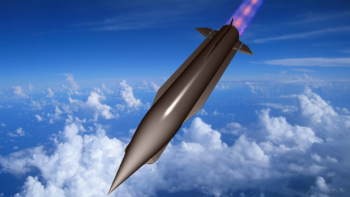
A Marine training to be part of the Low Altitude Air Defense (LAAD) section fires a Stinger missile. (U.S. Marine Corps photo by Lance Cpl. Rachel K. Young)
WASHINGTON: As the conflict in Ukraine nears the three-month mark, the various requests for different weapon systems from the US is stirring concern on Capitol Hill about what impact the draw-downs may have on the Pentagon’s stockpiles. And the Marines, with the smallest stockpiles of weapons, are now making their long-term concerns heard as well.
To date, the US Marine Corps alone has sent approximately 1,000 Javelin and 1,000 Stinger missile weapon systems to help Ukraine in its fight against Russia’s invading army, Lt. Gen. Karsten Heckl, the Marine Corps’ top requirements officer, told a House panel today.
The supplemental funding Congress previously provided to the military, around $3.4 billion, will not be enough to resupply those stockpiles, Jay Stefany, a senior Navy acquisition official, added.
Heckl, Stefany and Lt. Gen. Mark Wise, the Marines’ top aviator, testified today before the House Armed Services Tactical Air and Land Forces subcommittee about the Navy’s fiscal 2023 budget request.
“This budget request … was not constructed with the supply to the Ukrainians in mind so that is an issue,” Heckl said in response to questions from Rep. Donald Norcross, D-N.J., and Rep. Vicky Hartzler, R-Mo., the panel’s chairman and ranking member. Those munitions “are absolutely critical to be resupplied for us.”
Click here for an infographic on what weapons the US has sent to Ukraine so far
The Senate this week attempted to pass bipartisan legislation that would have provided another $40 billion in assistance to Ukraine’s military, but the bill was stifled by Sen. Rand Paul, R-Ky., who has insisted a third-party office be established to monitor how the foreign aid is being spent. The bill will likely be put on the Senate floor again next week.
Ukraine’s foreign minister took to Twitter to call out Kentucky’s junior — and often firebrand — senator.
We could have already started using the new U.S. assistance package to more effectively save lives of Ukrainians who defend the democratic world. @POTUS, @SecBlinken, @SenateGOP, @SenateDems and American people were in strong support, and @RandPaul delayed so much needed support.
— Dmytro Kuleba (@DmytroKuleba) May 13, 2022
“We could have already started using the new U.S. assistance package to more effectively save lives of Ukrainians who defend the democratic world… [The] American people were in strong support, and @RandPaul delayed so much needed support,” Dmytro Kuleba tweeted early Friday morning.
Hartzler at the hearing today asked Stefany whether the funding provided to the Pentagon in that bill would be sufficient to resupply the Marine Corps’ stockpiles.
“For what we know right now and what we project, that would be adequate,” he responded. “Now again, as the war continues on and there are more requests for draw-down material, it could obviously change over time, but right now we believe that is sufficient for where we can project going forward.”
Separately, lawmakers also questioned Stefany about the service’s FY23 budget request for a CH-53K “block buy” rather than a multi-year procurement contract. The CH-53K is the service’s heavy-lift helicopter which recently achieved initial operational capability.
The difference between the two deals boils down to how many aircraft the Marine Corps is agreeing to buy on the day the contract is signed. A block buy deal means the service guarantees it will purchase that number of aircraft over the life of the contract. A multi-year procurement contract is more flexible, providing a numerical range the service can choose from each year the contract is in play.
Both options potentially offer savings depending on how the deal is structured. The Marine Corps’ requested FY23 CH-53K block buy will save roughly $150 million, according to the service.
Stefany told lawmakers today the decision to request a block buy mainly came down to data. The Pentagon is statutorily required to provide certain metrics to lawmakers and other independent authorities in order to justify a multi-year procurement deal. The service was not prepared to do that this year, he said. The Marine Corps still plans on pursuing a five-year procurement contract in the future, Stefany added.






















